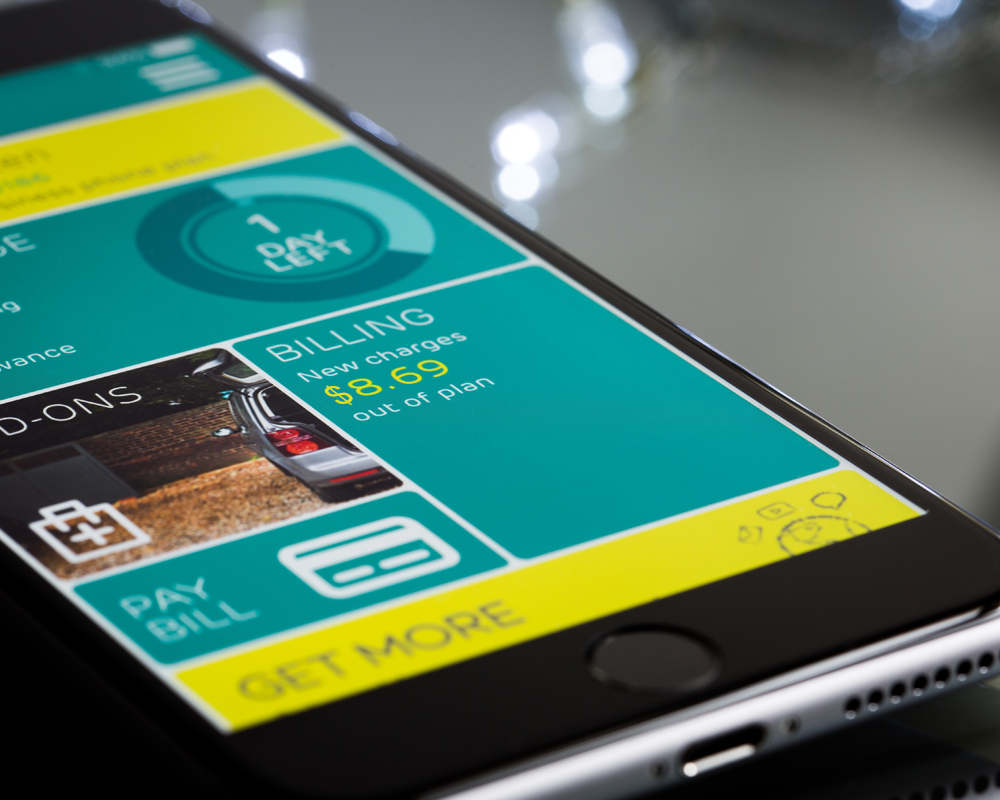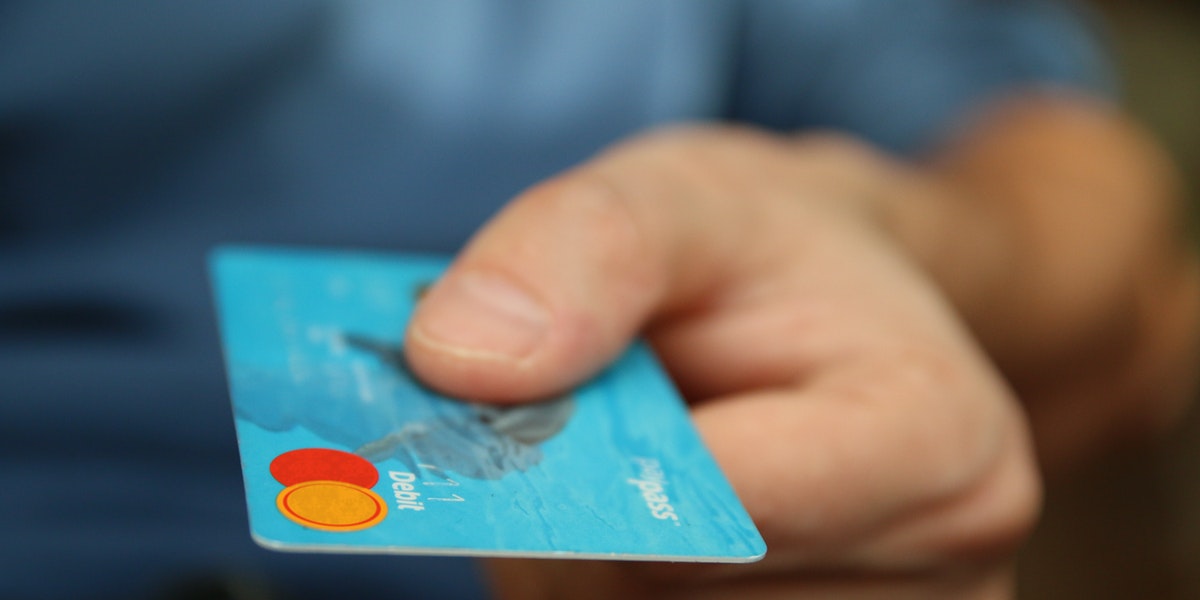
8 Ways to Bring Your Bank into the Digital Marketing World
As digital strategies continue to change and evolve, a new era of marketing is upon us. Banks and credit unions are taking notice and they’re beginning to realize that the traditional way of banking is over. With consumer demands shifting and online-only banks and lenders working to claim their piece of the pie, how will you keep up? As you continue your move into this new era, here are eight things to consider.
1. Invest in your website.
Most of your customers (especially younger ones) may never enter one of your actual branch locations. Consider spending less on brick and mortar and invest in your only branch that’s open 24/7/365 — your website. When it comes to a website revamp, the design should be appealing and reflect your brand position. But, don’t forget what else is important: user experience. Make your website clear and easy to navigate and don’t hide the features that are most important to your user, including the online banking login, information about your products, and how to contact you. If you don’t already have the capability, consider offering the option to open an account online or implement a chat function. Your website should make your customers’ lives easier.
2. Don't neglect mobile.
It’s a mobile-first world, and chances are you’re a mobile-first girl… or guy. Most of your members are more tuned into their phone than they are their desktop — millennials in particular. Mobile and tablet visits are accounting for larger and larger amounts of web traffic. A tip: If your main website is not designed responsively right now, consider an upgrade. A responsive website is great for many reasons. It’s better for SEO (Google friendly!). And it’s better for your sanity (only one site to maintain!). Still not convinced? 82% of smartphone owners ages 18-24 report that they are mobile banking users. Neglecting mobile means you are neglecting an overwhelming portion of potential customers.

3. Speaking of mobile, how's your app?
Is it outdated and clunky? Did you have it created simply because you felt you needed one to keep up with your competition, but in reality, it serves no real purpose? Get with the times and create something that will compel downloads because of the ease of experience, great tools, and features it offers. My favorite features on my banking app are remote check deposit and the peer-to peer (P2P) services. So convenient. In addition to cool tools, take the opportunity to make your app a continued expression of your brand. Target the 18-24 age group and women above all. These groups use apps more frequently than others. Work to create an app that becomes part of their daily routine.
4. Position your team as the experts.
Blogs, podcasts, and videos are good ways to educate your audience and position your bank as a thought leader. Distribute your work in a variety of ways: on your website, via email, on social, and through digital advertising. Perhaps the most important factor is to research what type of topics consumers are actually interested in before you create your content. This ensures you’re serving a need. In addition, think about your target potential member — most banks and credit unions are focused on reaching a younger generation before they reach the age and stage of life where they need some of the bigger services you provide. You may have to offer beginning-stage education about many of your products. Explain your acronyms, offer specific information, and demonstrate how and why you can best be a partner for them.
5. Use data.
Gone are the days where you rely on a blanket approach to promotions — it’s a waste of time and resources.
Also, use common sense. If you’re promoting a HELOC, for example, target customers/members who currently have a home loan, either with you or someone else. If you’re promoting a certificate offer that offers a great rate, but only with a large deposit, save that promotion for members who you know have extra money they can lock in. Data can be used to lower costs and improve ROI. For example, you could promote your remote deposit product to customers who often deposit checks in person. Offer to provide free one-on-one training for this group. Teaching them how to use this great product will save them time and you labor costs associated with those transactions.Target your promotions as narrowly as possible to get the most bang for your marketing buck. There’s so much data available right now and you may be surprised at the things you can do with it.
6. Social media is your friend.
I have an opinion that may be unpopular. My advice is to start small and master one channel before you take on another. Why? Because doing social right takes time, effort and energy — all things you may be short on depending on the size of your bank or credit union. Many times, organizations treat each of their social media channels exactly the same. That’s the wrong approach. This happens when you don’t have enough knowledge or time to manage your accounts correctly. Just like traditional media channels are best suited to reach different objectives, different social channels are better suited to different messages. Treating all channels as one could cause your marketing message to fall flat (and render your efforts wasteful). While it’s important to be true to your brand no matter the channel, you want to understand that the audiences on each are often different. And if you tailor your approach appropriately to each, your messages will be more effective. Study up on recommendations for tone and even on how often posting on a specific channel is recommended. Spend some time making sure you’re up-to-date on everything your social channel has to offer — capabilities and metrics are constantly changing. It may also be a great investment of your time to develop a social media brand guide. That way, your expectations are out there for your entire team to see, and you can guarantee consistency no matter who is doing the posting.
7. Use an integrated approach.
Although digital marketing spend continues to rise, it’s a mistake to completely do away with traditional marketing techniques. Traditional approaches such as TV, radio, or billboards may still be a great way to increase awareness of your brand. Digital strategies may be best for effectively moving consumers down the marketing funnel, and best of all, they’re trackable. An integrated approach — a combination of both traditional and digital — is likely just what you need. Each marketing channel has pros and cons, so understanding the benefits and drawbacks of each and using a combined approach will serve you well.

8. Understand your customer's journey.
Today, it’s simply not enough to understand the pros and cons of each marketing tactic. I feel it’s most important to understand your customer and their journey. Looking at things from your customer and potential customer’s point of view can make a big difference in your bottom line. You want to get in tune with how your customer thinks, feels and interacts with your brand. For example, get in the shoes of someone who is considering purchasing a home. What is their process? If they are in the early, noncommittal stage, maybe they are doing things like watching HGTV or speaking to friends who recently made a home purchase. If they’re moving to a more serious stage, perhaps they are searching for homes online in their area, researching different lending options and contacting a realtor. Once they are fully committed to the process, what goes into selecting a lender? And once a purchase is made, what other needs follow? Determining their process and finding ways for your bank to fit in their journey is a smart way for you to decide where to spend your marketing dollars.
Want to know more? Learn more about VI's Expertise here!








